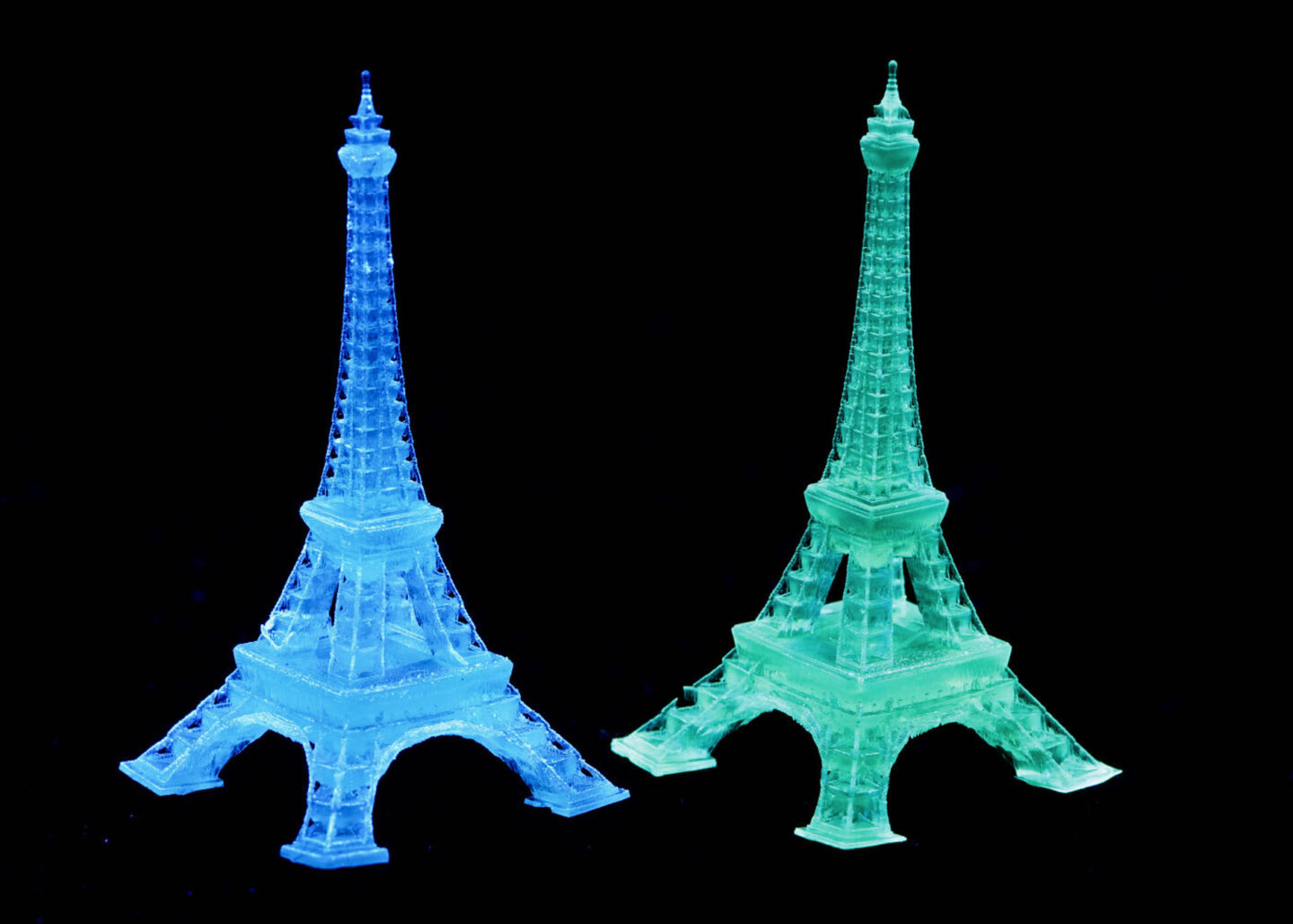A research team from Lawrence Berkeley National Laboratory has pioneered the development of “supramolecular ink,” a groundbreaking technology poised to reshape OLED (organic light-emitting diode) displays and electronic devices. This innovative ink, composed of Earth-abundant elements, replaces costly rare metals, potentially revolutionizing the affordability and sustainability of flat-panel screens.
Led by principal investigator Peidong Yang, the team’s supramolecular ink introduces a novel approach to fabrication, sidestepping precious metals in favor of hafnium (Hf) and zirconium (Zr) powders. These elements, when mixed at low temperatures, form a semiconductor “ink” with remarkable color tunability and near-unity quantum efficiency. The resulting material, likened to building with LEGO blocks, showcases stable and high-purity synthesis at lower temperatures, enabling a more energy-efficient and cost-effective manufacturing process.
Notably, the supramolecular ink extends its applications beyond OLED displays. Spectroscopy experiments demonstrate its efficiency as an energy-efficient OLED emitter, making it a potential game-changer for electronic displays and 3D printing. The researchers successfully fabricated a thin-film display prototype, showcasing programmable electronic displays with impressive color capabilities.


The versatility of supramolecular ink doesn’t end there. Compatible with 3D printing technologies, it opens the door to decorative OLED lighting designs and wearable devices. The material’s ability to illuminate for safety in low-light conditions or display information through light-emitting structures presents exciting possibilities for high-tech clothing.
Beyond its immediate applications, the supramolecular ink aligns with the industry’s shift towards sustainable materials. With demonstrated stability and shelf life, it could advance the commercial adoption of ionic halide perovskites, offering a lead-free formulation without compromising performance.
As researchers delve into the material’s electroluminescent potential, exploring how well it emits light through electrical excitation, the future seems promising for the supramolecular ink. This development not only marks a significant milestone in OLED technology but also hints at a more sustainable and cost-effective future for electronic displays.
Source: newscenter.lbl.gov
Come and let us know your thoughts on our Facebook, X, and LinkedIn pages, and don’t forget to sign up for our weekly additive manufacturing newsletter to get all the latest stories delivered right to your inbox.




